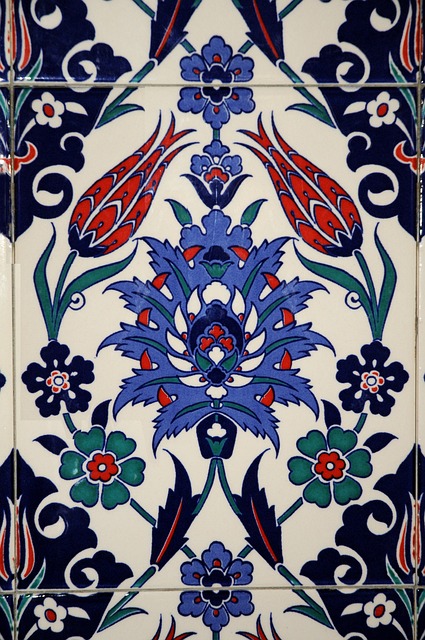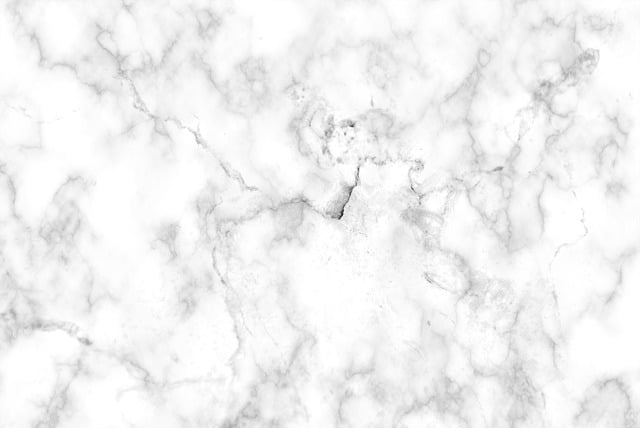Tile damage requires tailored solutions. Identifying the root cause guides selection of restoration techniques for lasting results. Restoration involves inspection, cleaning, repair/replacement, and sealing. Homeowners can handle minor repairs but complex issues need professionals. Regular cleaning, sealing, and maintenance preserve tile longevity. Techniques include reglazing and grout replacement, showcasing successful transformations through case studies, with tile restoration revolutionizing spaces.
“Discover the art of tile restoration and expert repair techniques to revive your tired or damaged flooring. From understanding common tile damage causes to exploring popular restoration methods, this guide covers it all. Learn about effective step-by-step restoration processes, essential tools, and materials.
We’ll delve into when DIY methods fall short and highlight the benefits of professional help. Additionally, find tips for long-term maintenance and inspiring case studies showcasing successful tile restoration projects, all geared towards empowering you to restore your tiles’ former glory.”
Understanding Tile Damage: Common Issues and Causes

Tile damage can stem from a variety of sources, each requiring tailored solutions for effective tile restoration. Common issues include chips, cracks, and broken pieces, often caused by accidental impacts, heavy objects, or aging tiles. Water damage is another significant factor, leading to mold growth and structural weakness over time.
Environmental factors like extreme temperatures and poor drainage can also contribute to tile deterioration. In addition, poor installation practices, such as inadequate grout or uneven substrate preparation, can compromise the integrity of tiles, making them more susceptible to damage. Identifying the specific cause is key to selecting the right restoration techniques, ensuring lasting results for a rejuvenated space.
The Art of Tile Restoration: Step-by-Step Process

The art of tile restoration involves a meticulous process that brings damaged or faded tiles back to their original glory. It begins with careful inspection, where professionals identify the extent of damage, be it chips, cracks, discolouration, or missing grout. This initial step is crucial as it determines the course of action and necessary materials for the restoration.
Once assessed, the restoration process can start. This entails cleaning the tile to remove dirt and grime, preparing the surface for repair, and fixing any structural issues. For discoloured tiles, a specialised cleaning solution might be used to lift stains. Chips and cracks are repaired using matching grout and adhesive, ensuring precision to match the original aesthetic. Grout replacement is a delicate task, requiring precise measurements and colour-matching to blend seamlessly with existing tiles. The final step involves sealing and polishing, enhancing durability and restoring the tile’s natural appeal.
Materials and Tools for Effective Tile Repair

When undertaking tile repair, having the right materials and tools is paramount for achieving effective tile restoration. The selection process should be guided by the type and extent of damage. For instance, a small chip or crack might only require a ceramic tile repair kit complete with a resin filler and applicator tools. In contrast, more significant damages such as large chips, missing pieces, or substantial cracks may necessitate using specialized materials like porcelain tile repair mortar or even replacement tiles to match the existing ones.
In addition to these primary materials, essential tools for successful tile repair include a fine-tooth saw or utility knife, a drill with appropriate bits, and a grout saw. These tools enable precise cutting and removal of damaged areas while ensuring clean edges for new material application. Properly prepared surfaces and accurate measurements are crucial steps in the restoration process, thereby guaranteeing a seamless and aesthetically pleasing finish once the repair is complete.
When to Consider Professional Help for Tile Restoration

Many homeowners attempt minor tile repairs and maintenance tasks on their own, but there are times when professional help is necessary for optimal results. While small chips or cracks might be manageable with DIY kits, more extensive damage often requires expert intervention. Professional tile restoration services are especially valuable when dealing with older tiles or those in high-traffic areas, as these experts possess the specialized tools and knowledge to handle intricate repairs.
Tile restoration professionals can assess the extent of damage, including issues like delaminating tiles, discolored grout, or extensive breakage. They have access to a wide range of materials and techniques, ensuring that your tiles not only look restored but also last longer. This is particularly crucial for those with historic homes or unique tile patterns that require specific matching and preservation skills.
Tips for Maintaining Tile Surfaces Long-Term

Regular cleaning and sealing are paramount for long-lasting tile surfaces. Start with a thorough deep clean to remove any built-up dirt or grime, using pH-neutral cleaners to avoid damaging the tiles. Then, establish a consistent maintenance routine, including weekly mopping and annual sealing to protect against water damage and stains. Sealing fills pores and gaps, preventing moisture from seeping in, which can lead to deterioration over time.
Additionally, be mindful of heavy traffic areas and consider using non-slip mats or coatings to reduce wear and tear. Regularly inspect your tiles for signs of damage, addressing issues promptly through minor repairs or professional tile restoration services. Proactive care ensures your tiled surfaces remain vibrant and durable for years to come, enhancing the overall aesthetic appeal of any space.
Popular Tile Restoration Techniques and Their Applications

Tile restoration is a specialised field that involves bringing damaged or aged tiles back to their former glory. There are several popular techniques used in tile restoration, each with its unique applications. One such method is reglazing, which involves applying a new coating over the existing tile surface. This technique is ideal for minor damage like chips, cracks, and faded colours, offering a quick and cost-effective solution without replacing the entire tile.
Another widely used approach is grout replacement, focusing on the spaces between tiles. Over time, grout can become discoloured, damaged, or misshapen, compromising the aesthetic appeal of tiled surfaces. Professionals use precise tools to remove old grout and insert fresh material, ensuring a seamless fit. This method is particularly useful for large-scale projects, such as restoring historic buildings or commercial spaces, where the original tile patterns must be preserved.
Case Studies: Successful Tile Restoration Projects

In the realm of tile repairs and restoration, case studies offer a vivid tapestry of successful transformations. These projects highlight the expertise and artistry that go into revitalizing worn or damaged tiles, bringing them back to their former glory. From antique mosaics to modern-day ceramic tiles, each restoration tells a unique story.
One notable example involves an old bathroom where decades of wear and tear had left the tiles discolored and chipped. Through meticulous work, professionals carefully removed the damaged tiles, addressed underlying issues, and meticulously replaced them with precise cuts and grout reapplication. The result? A symphony of restored tiles that not only matched the original aesthetic but also enhanced the space’s overall ambiance, proving the power of tile restoration in transforming spaces.
